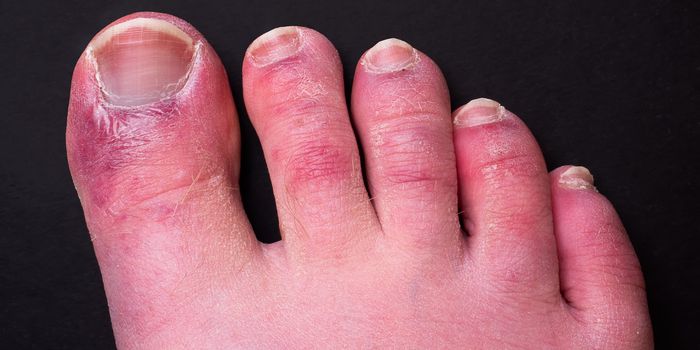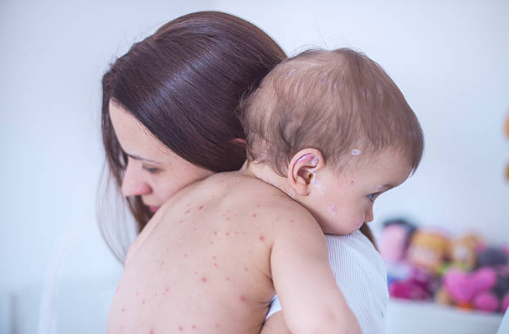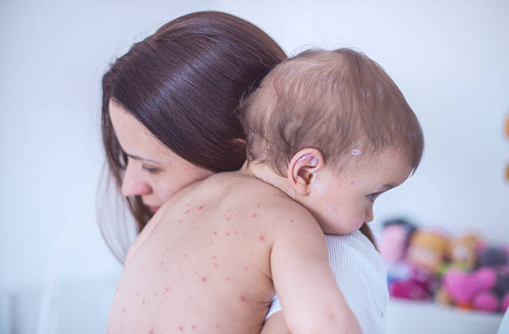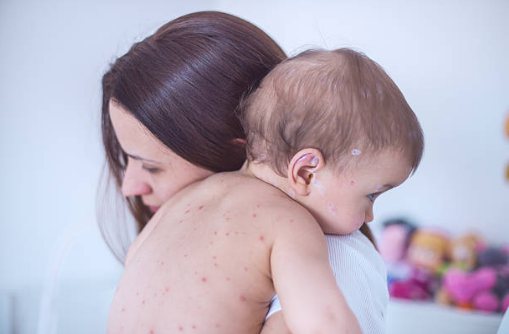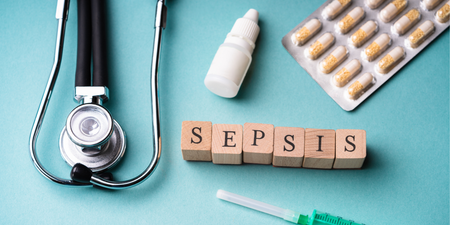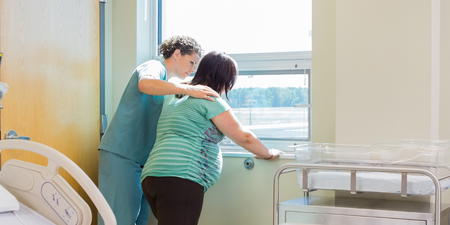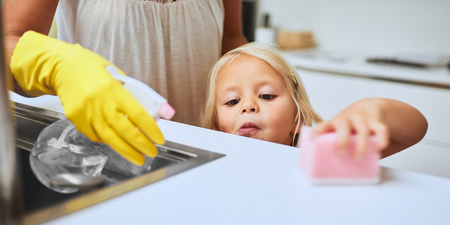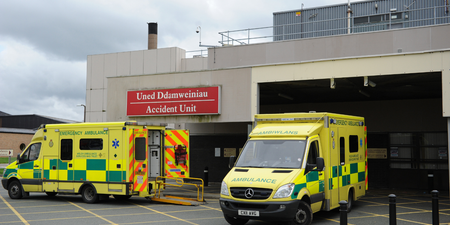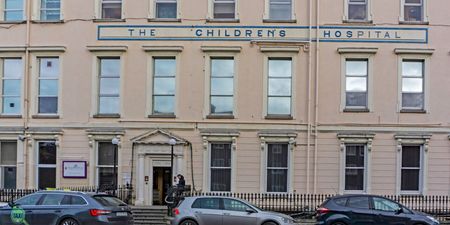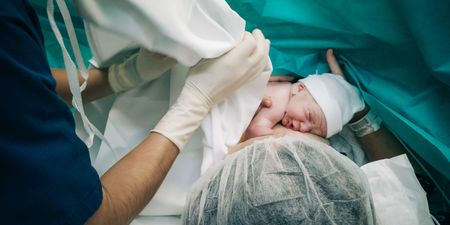The study attempted to determine the mechanism behind the chilblain-like side effect.
A study has shed new light onto what’s known as ‘Covid toes’, which may be a side effect of Covid-19.
Many people who have been infected with the virus have reported redness and swelling in their toes and fingers. In some cases, patients experience the chillblain-like symptom for months following infection.
According to the BBC, Covid toes can present in patients of all ages, but the reaction is typically more common in children and teenagers. For some, the reaction can be painless, but for others the rash that comes with it can be sore and itchy, and can lead to blisters.
A new study published in the British Journal of Dermatology has found that Covid toes may be a a side effect of the body’s immune response to the virus.
Researchers at the University of Paris, France examined 50 patients who experienced Covid toes as well as 13 others who experienced similar inflammations that arose before the pandemic.

The study found that in both conditions, the body generated an immune response that was high in specific autoantibodies. These mistakenly target and subsequently react with the patient’s own cells and tissues, leading to the inflammation.
The study also found that there was an overlap with a key protein (type 1 interferon) in the antivral response.
Additionally, the investigators found that the cells lining the small blood vessels to the affected areas also had a role to play in the swelling.
In general, the research gives a deeper understanding into Covid toes.
Speaking on the study’s findings, its key author Dr Charles Cassius said: “The epidemiology and clinical features of chilblain-like lesions have been extensively studied and published, however little is known about the pathophysiology involved.”
Dr Cassius added: “Our study provides new insights.”
